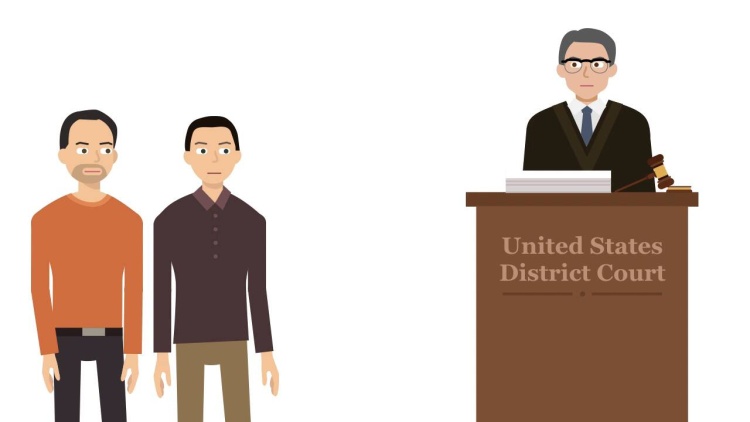Wong Sun v. United States
United States Supreme Court
371 U.S. 471, 83 S. Ct. 407, 9 L. Ed. 2d 441 (1963)
- Written by Sarah Venti, JD
Facts
Federal narcotics agents arrested Hom Way for drug possession. Hom Way told the police he got the drugs from “Blackie Toy,” who owned a laundry business. The agents went to Toy's business, and James Wah Toy answered the door. When he realized it was the police, he ran back into the building. The police chased and arrested him. No drugs were found, but when the agents told him why they were there he said he never sold drugs but that “Johnny” sold drugs. The agents then had Toy take them to Johnny Yee’s home, where they found Yee in the bedroom. Yee surrendered his drugs and drug paraphernalia. Yee and Toy were then taken to the Office of the Bureau of Narcotics, where Yee told the agents he received the drugs from “Sea Dog,” whose real name, Toy said, was Wong Sun (defendant). Toy then took the agents to Wong Sun’s house, where Wong Sun’s wife let them into the home. Wong Sun was arrested. No drugs were found. Toy, Yee, and Wong Sun were all arraigned and released on their own recognizance. The men returned to the office several days later. The agents interrogated all three men separately and drafted statements for them to sign. Toy refused to sign his statement. Wong Sun would not sign his but admitted that it was accurate. The court of appeals found that there was no probable cause or reasonable grounds for Toy’s or Wong Sun’s arrest.
Rule of Law
Issue
Holding and Reasoning (Brennan, J.)
Concurrence (Douglas, J.)
Dissent (Clark, J.)
What to do next…
Here's why 899,000 law students have relied on our case briefs:
- Written by law professors and practitioners, not other law students. 47,000 briefs, keyed to 994 casebooks. Top-notch customer support.
- The right amount of information, includes the facts, issues, rule of law, holding and reasoning, and any concurrences and dissents.
- Access in your classes, works on your mobile and tablet. Massive library of related video lessons and high quality multiple-choice questions.
- Easy to use, uniform format for every case brief. Written in plain English, not in legalese. Our briefs summarize and simplify; they don’t just repeat the court’s language.





